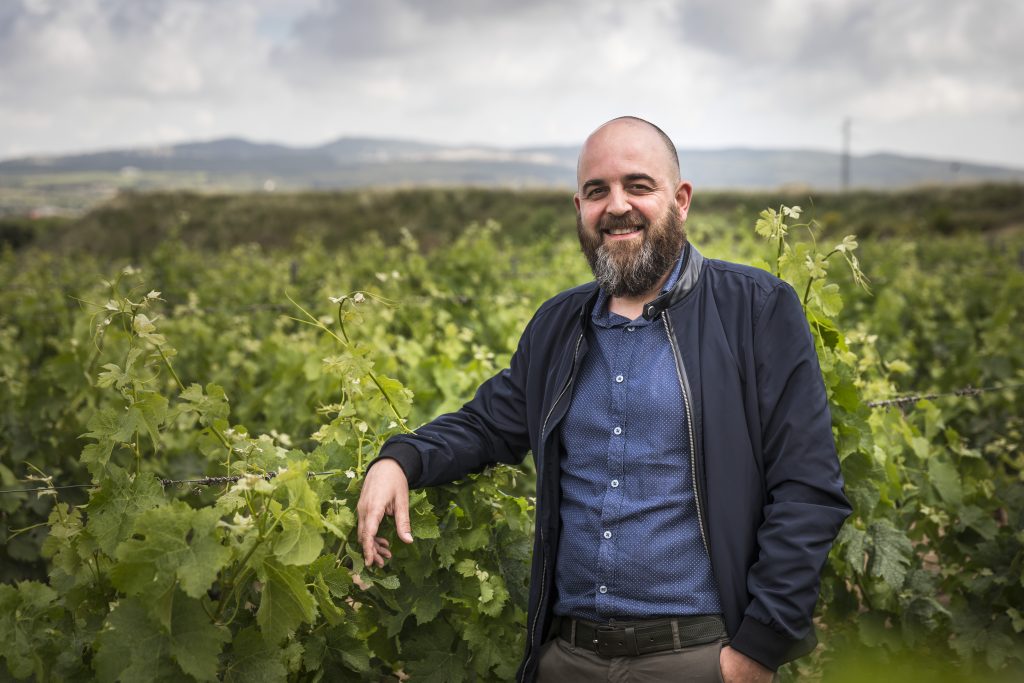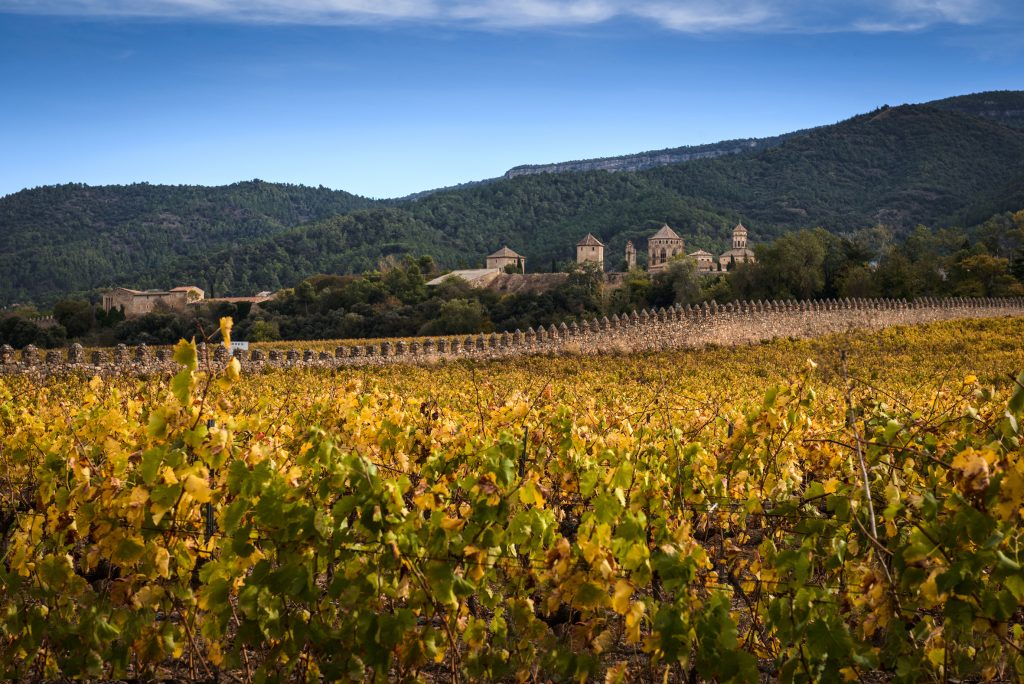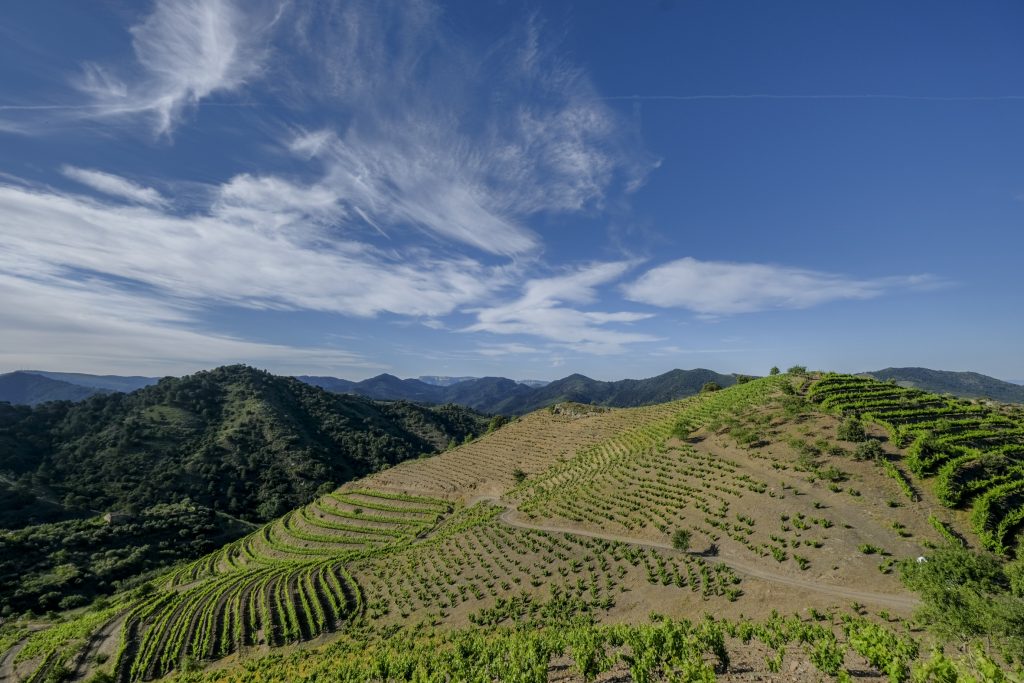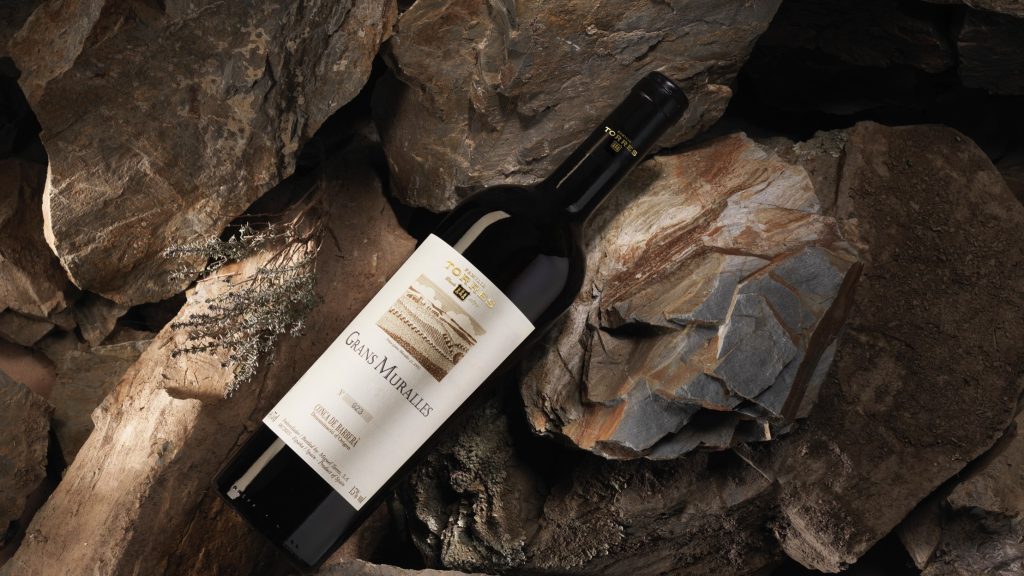Familia Torres’ latest Antología vintage release: “We cannot afford to stand still”
The latest tranche of Antología vintage releases from Familia Torres is a showcase for top wines such as Mas La Plana and Grans Muralles – and illustrates some dramatic changes in winemaking philosophy over the past two decades. Richard Woodard reports.

In winemaking, says Familia Torres chief winemaker Josep Sabarich, there are three key factors: the soil, the climate and the people. “Number one is more or less always the same,” he continues. “Number two is changing; and number three is always changing. It depends on the people, trends, focus and approach.”
The new vintages from Familia Torres’ Antología – five top wines comprising Milmanda, Mas La Plana, Reserva Real, Grans Muralles and Mas de la Rosa – put Sabarich’s theory into practice. Most obviously, there’s less intervention in terms of winemaking technique and the use of oak.
Take, for instance, the 2020 vintage of Milmanda, Familia Torres’ Chardonnay sourced from a 30-hectare vineyard planted in the early 1980s in Conca de Barberà. While the soil is a constant – unusually rich in clay, aiding water retention – the winemaking has become progressively simpler to, in Sabarich’s words, “express the potential coming from the vineyard”.
The oak has been pulled back – about 50% new wood, plus the partial use of 1,500-litre foudres – and, for the first time in 2020, a notably fresh vintage with plenty of spring rainfall, the wine underwent no malolactic fermentation. Back in the early 2000s, it was 100% malo, but that has been progressively reduced since then.
“The acidity is lower than in the past,” Sabarich explains. “The first thing in our mind was the style, but now I think we have to stop doing malolactic fermentation in Spain. I think it’s important to have the same character in the wines and to avoid flat wines without acidity.”

For the same reason, Sabarich is unconvinced by the merits of concrete eggs for Milmanda, highlighting the presence of some calcium carbonate compounds that can reduce acidity. “If you have a high-acidity wine it can be interesting, but not with medium-acidity wines,” he says.
The theme of restraint pervades the other Antología wines. So Mas La Plana is now using a small proportion of large, 30-hectolitre foudres and stainless steel for maturation, and 61% new oak; compare that to 20 years ago, when the wine was sometimes racked from one new oak barrique into another partway through maturation.
For Mas La Plana, winemaking also has to reflect the diversity of the vineyard, which encompasses two main areas: one on lower ground near the rive, giving larger bunches and berries with more fruit and less tannin; the other higher, drier and with poorer soil, which promotes colour, tannin and structure.
Sabarich uses wood fermenters for the higher plots – the more oxidative process helps to polish the tannins, he says – and stainless steel for the lower plots to preserve tension and freshness. “We have two different Cabernet Sauvignons, with different techniques,” explains Sabarich. “That’s important, because it introduces diversity into the blend. That’s one of the problems with monovarietal wines – they can lack this diversity.”
Lack of diversity is not an issue with the remaining Antología wines – Bordeaux-style blend Reserva Real, Mediterranean-accented Grans Muralles and ultra-rare Priorat Mas de la Rosa.

For Reserva Real, the winemaking template is more traditional, going further in terms of maceration and the use of small barrels and new oak (75% for 2019). But the 2019 blend is an outlier in its high proportion of Cabernet Franc (35%, usually only 10-15%), alongside Cabernet Sauvignon (59%) and Merlot (6%).
The reason lies in the conditions of the year – hot and dry – and the poor, slatey soils of the Finca Les Arnes vineyard, which contrasts strongly with Mas La Plana, even though it is only 50-60km away. “The Cabernet Franc is very well-adapted to dry periods – better than the Merlot especially, that suffers a lot during periods of drought,” explains Sabarich.
Partner Content
Grans Muralles’ USP is its championing of Mediterranean varieties – chiefly Cariñena and Garnacha, which make up more than 80% of the 2019 blend, but also small proportions of Monastrell and ‘recovered’ ancient varieties Querol and Garró.
“Garnacha plays more in the nose with floral aromas, fruit aromas – the soul of the wine,” says Sabarich. “Cariñena is more for the structure, the backbone of the wine. The other three increase diversity, bringing more aromas and complexity to the wine.”
Querol’s bizarre-looking bunches offer a combination of regular grapes and smaller, pea-sized berries without pips. This translates into plenty of colour and anthocyanin, but less tannin, making Querol a useful blending component – but too unbalanced to shine on its own.
While Grans Muralles is high-maintenance in the winery – maturation tailored to each variety, with frequent barrel tasting a must – Mas de la Rosa is an altogether simpler affair. “Don’t tell my boss,” quips Sabarich, “but you need no winemaker for this wine.”

The vineyard is a 1.9-hectare, hillside plot in a cool enclave of Priorat between Porrera and Poboleda, at an altitude of 470m and perfectly exposed to the morning sun (but not to the potentially destructive afternoon heat). The Garnacha and Cariñena vines (a 60/40 field blend) were planted in the early years of the Second World War.
The vines are poor, with tiny yields, but they are at least alive. Sabarich isn’t convinced that replanting will even be possible on such an extreme site. “Probably if you put a new plant in, it would have problems to survive,” he says. “New plants are very delicate, and you would have to water each plant every day. Even with that, it’s not certain that the plant will survive.”
Mas de la Rosa is the newest, most exclusive and (by far) most expensive member of the Torres Antología line-up, a range that remains in a constant process of evolution, even if most of its wines have been around for many vintages now.
“I think we need that,” says Sabarich. “We cannot afford to stand still.” The soil may be a constant – relatively so, given Torres’ regenerative efforts to bring more resilience to the vineyard – but the climate, and especially the people, are constantly on the move.
Familia Torres Antología Miguel Torres Latest Vintage Release (UK pricing, available from Fells):
- Milmanda 2020, DO Conca de Barberà, 13.5% (£45)
- Mas La Plana 2019, DO Penedès, 14.5% (£60)
- Reserva Real 2019, DO Penedès, 14.5% (£120)
- Grans Muralles 2019, DO Conca de Barberà, 14.5% (£110)
- Mas de la Rosa 2020, DOQ Priorat, 14% (£300)

Familia Torres plans to release small parcels of selected back vintages of its top wines through a new programme, Colleción Privada. The exclusively packaged bottles are scheduled for release in September 2023.
Related news
Castel Group leadership coup escalates
For the twelfth day of Christmas...
Zuccardi Valle de Uco: textured, unique and revolutionary wines




